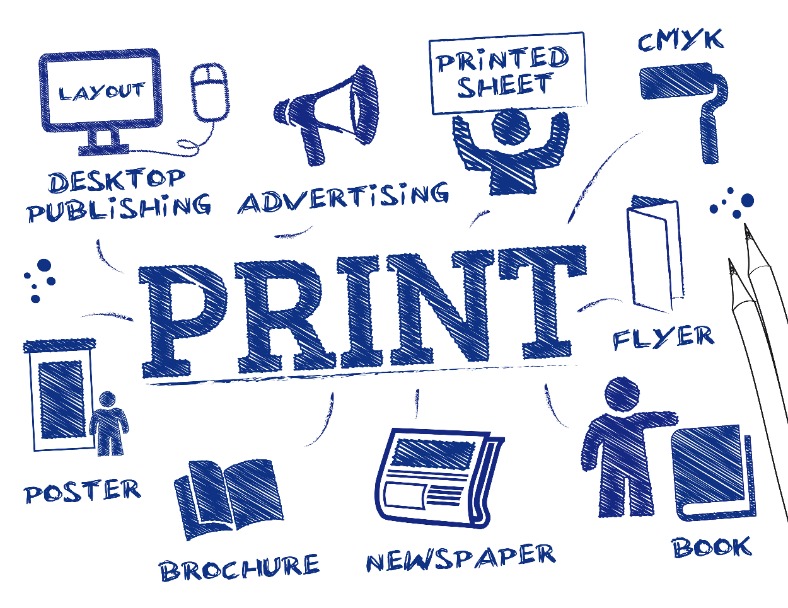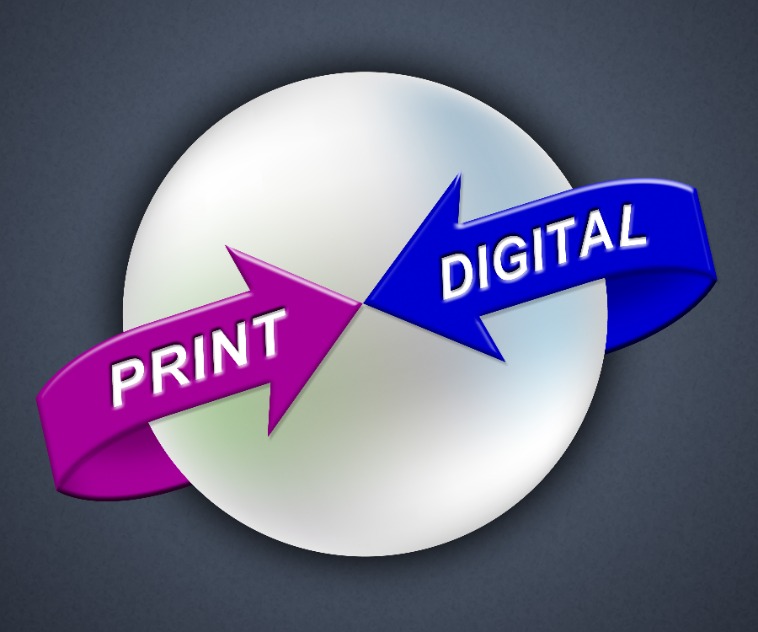
With the prevalence and variety of online and digital media, it’s easy to fall prey to the misconception that print marketing is no longer relevant in today’s B2B marketplace. That said, the question of whether print is dead has been touted across headlines since digital media’s inception decades ago. As the industry continues to evolve, publishing, advertising, promoting offers and sharing thought leadership across print formats such as direct mail or newspaper and magazine advertising are still valuable ways to tell your brand’s story, connect with target audiences, support sales efforts and stay connected to the marketplace.
Five Myths About Print Marketing—Busted

To maximize print marketing efforts, the first step is overcoming common myths in the marketplace. Below are five common misconceptions that distort perceptions about the medium:
- Myth #1: Direct mail marketing is becoming less relevant. In fact, the opposite is true. A recent Sequel report showed that marketers mailed just over 8.4 billion pieces in Q1 2022. This bumped direct mail volume growth up 11.3 percent year-over-year. The USPS experienced a substantial decline at the onset of the pandemic and during governmental campaigns. It has noted significant growth in marketing mail revenue in recent years. Moving forward, experts predict continued growth as marketers seek ways to engage with customers outside of the digital spaces established during the pandemic.
- Myth #2: Print isn’t compatible with digital channels. Multichannel marketing is a valuable practice for brands to establish a presence across a wide, targeted audience. Print marketing through direct mail has a particularly strong effect when seeking to stand out among saturated digital channels. Studies show that when direct mail is coupled with digital media, conversions rise by 10–25 percent. Print marketing can guide prospects to digital channels where they can engage in vital interactions such as signing up for a newsletter, taking advantage of a promotion, registering for a loyalty program or making a purchase. Consider Responsory’s work with Restaurant.com through its gift certificate program. The company leveraged print ads designed to drive prospects to a dedicated, customized landing page that mirrored the same campaign theme.
- Myth #3: ROI is hard to measure. It’s a common misconception that the return on investment (ROI) of print marketing is difficult to measure. With a clear call to action followed by a personalized landing page, QR code, specialized coupon code or offer, it’s possible to track activity by campaign, location or publication. Audience Innovation worked with a tech provider to advertise in print versions of Wired Magazine. According to the client, “one sale more than paid for the cost of our campaign only six months after the start.”
- Myth #4: Customers prefer digital channels. Rather, tangibility matters to customers. This can be especially helpful for B2B buyers who want to establish a more personal connection with businesses. Take HERO Marketing’s work on “dimensional mailers,” a multilayered, interactive mailer that engages the customer physically and creates an emotional connection through experience. The dimensional program is one that the client described as “one of its most successful ever.”
- Myth #5: Print circulation is weaker than digital. Publications have a wider reach across digital platforms as readership moves to readily available channels across devices they use daily. That said, when print media connects, it’s more likely the readership is a loyal, interested party. This makes them a highly targeted audience poised to make a purchase. By focusing on clear and niche target audiences, brands can tailor relevant messaging and thought leadership insights to boost lead conversion.
Commit to Balance

The myths about print marketing revolve around its relationship to digital media. This false dichotomy of “print versus digital” is exactly why perceptions are skewed. In reality, the two complement, rather than work in opposition, with each other. When a brand commits to a balance of digital presence and targeted print outreach, it can establish a customer experience that builds a more personalized, tangible and long-lasting relationship.
